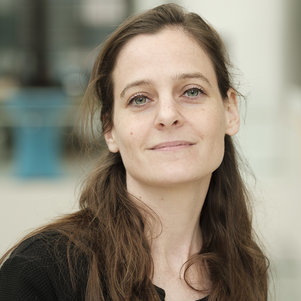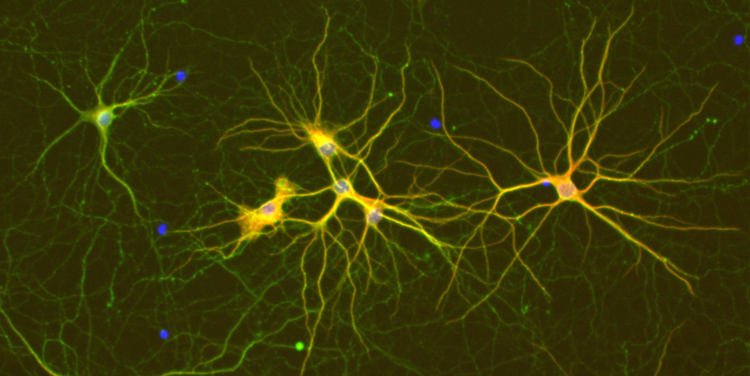Project 4
We have ten times more brain cells in our head than the number of people on the earth. Technical neurobiologist Dimphna Meijer is conducting research into these neurons by making scale models of the networks they form. Ultimately she hopes to be able to translate this knowledge into clinical practice. “The neurobiologist of the future is also an engineer.”

Dimphna H. Meijer, Ph.D.
We have ten times more brain cells in our head than the number of people on the earth. Technical neurobiologist Dimphna Meijer is conducting research into these neurons by making scale models of the networks they form. Ultimately she hopes to be able to translate this knowledge into clinical practice. “The neurobiologist of the future is also an engineer.”
Our brain contains 100 billion neurons; that is more than ten times the population of the world. This astronomical number presents us with a question of almost equal immensity. For how do these neurons work together? “We know that the neurons are there, we know a little about their length, the way they behave and that they communicate with each other. But we don't know what language, what words they use,” says technical neurobiologist Dimphna Meijer. “Our aim is to understand the communication between neurons at molecular and cellular level, and also in the form of networks. This knowledge will ultimately be used in clinical practice.”

